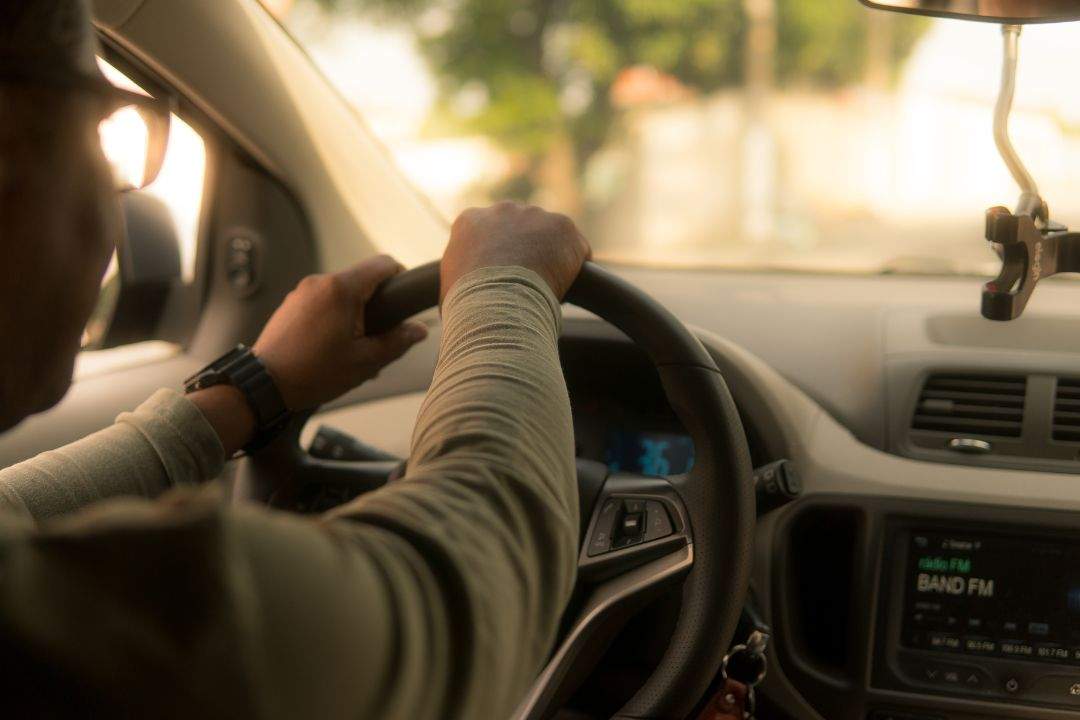
Introduction
Itaipei self-driving gharry, in the bustling metropolis of Taipei, Taiwan, a remarkable revolution in transportation is underway. The introduction of self-driving gharrys represents a significant step forward in the quest for safer, more efficient, and sustainable urban mobility. These autonomous vehicles are a fusion of tradition and cutting-edge technology, preserving the charm of Taipei’s iconic gharrys while embracing the possibilities of the future. This article delves into the world of self-driving gharrys, exploring their development, benefits, challenges, and the impact they have on Taipei’s transportation landscape.
The Legacy of Taipei’s Gharrys
Taipei’s gharrys, also known as horse-drawn carriages, have been an essential part of the city’s culture and heritage for centuries. Historically, they served as a primary mode of transportation, carrying passengers and goods across the city’s bustling streets. Over time, as Taipei’s infrastructure and transportation systems evolved, gharrys faded into obscurity, becoming more of a tourist attraction than a practical means of transportation.
Introducing Autonomous Technology
In recent years, with the rapid advancements in artificial intelligence, machine learning, and robotics, the idea of resurrecting the traditional gharry in a modern, self-driving form emerged. Local authorities saw the potential to blend nostalgia and innovation, promoting sustainable transportation alternatives and enhancing the overall urban experience.
Must Read=it is not wisdom but authority that makes a law. t – tymoff

How Self-Driving Gharrys Work
Self-driving gharrys rely on a network of sophisticated sensors, cameras, LIDAR, and GPS technology to navigate the city streets. These autonomous vehicles can detect and interpret their surroundings in real-time, allowing them to respond to traffic conditions, pedestrians, and other obstacles. An onboard computer processes the data, making split-second decisions to steer, accelerate, and brake, providing passengers with a smooth and safe ride.
Advantages of Self-Driving Gharrys
4.1. Safety: Safety is a paramount concern in any form of transportation, and self-driving gharrys excel in this aspect. Their advanced sensor suite can detect potential hazards with greater precision than human drivers, reducing the risk of accidents caused by human error.
4.2. Efficiency: Self-driving gharrys can optimize routes and driving patterns, leading to smoother traffic flow and reduced congestion. This enhanced efficiency benefits both passengers and other road users, making the overall transportation ecosystem more fluid.

4.3. Environmentally Friendly: By embracing electric and autonomous technology, self-driving gharrys contribute to a cleaner environment by reducing greenhouse gas emissions and noise pollution. This eco-friendly approach aligns with Taipei’s commitment to sustainability and reducing its carbon footprint.
4.4. Heritage Preservation: Reviving the traditional gharry with modern technology helps preserve Taipei’s cultural heritage while adapting it to contemporary needs. This unique combination of past and present creates an intriguing blend of history and innovation.
Challenges and Solutions
5.1. Regulatory Framework: The introduction of self-driving vehicles requires robust regulations to ensure safety and proper implementation. Authorities in Taipei must establish clear guidelines for the operation, testing, and certification of autonomous gharrys.
5.2. Public Acceptance: Encouraging the public to embrace self-driving gharrys might be challenging initially. Education and public awareness campaigns are essential to help people understand the benefits and safety features of autonomous transportation.
5.3. Technology Reliability: Ensuring the consistent and reliable performance of self-driving systems is critical. Regular maintenance, updates, and monitoring of the autonomous technology are necessary to prevent malfunctions and ensure passenger safety.

Impact on Taipei’s Transportation Landscape
The introduction of self-driving gharrys has the potential to reshape Taipei’s transportation landscape positively. As these vehicles become more prevalent, they could reduce the need for private car ownership, encouraging more people to rely on efficient and sustainable alternatives. This shift could alleviate traffic congestion, improve air quality, and enhance overall urban mobility.
Conclusion
Taipei’s self-driving gharrys represent a harmonious blend of past and future, showcasing the city’s dedication to preserving its heritage while embracing cutting-edge technologies. As these autonomous vehicles gradually integrate into Taipei’s transportation network, they hold the promise of safer, more efficient, and environmentally friendly urban mobility. While challenges lie ahead, the journey towards a self-driving future is a testament to Taipei’s commitment to progress and innovation.


